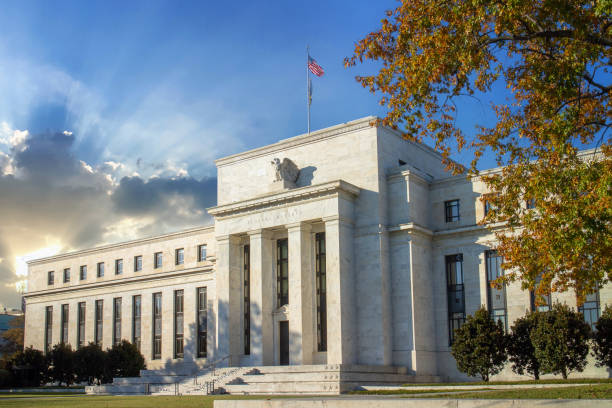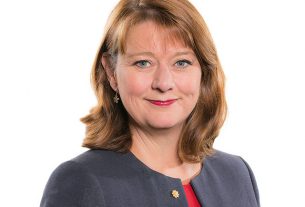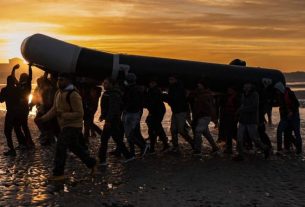The Federal Reserve has admitted it made a significant misjudgment in predicting inflation’s trajectory following the pandemic. Initially, the Fed believed the surge in consumer prices would be short-lived, but by 2022, it was forced to implement aggressive rate hikes not seen since the 1980s. Now, as the U.S. economy faces new challenges, including President Donald Trump’s expansive economic policies, the Fed is under pressure to prove it has learned from its earlier mistakes.
In 2021, when inflation began rising as the economy recovered, the Fed described the increase as “transitory,” assuming it would not persist. This prediction was ultimately proven wrong, and by the spring of 2022, inflation remained high, forcing the Fed to take drastic action. Despite the improvement in inflation since those aggressive interventions, the Fed remains criticized for not acting sooner.
The central bank is now revising its policy framework, hoping to avoid similar mistakes in the future. This new framework will need to be adaptable not only for future crises but also to respond to ongoing economic shifts, including the disruptions caused by Trump’s tariffs, tax cuts, and deregulation policies.
James Bullard, the former president of the Federal Reserve Bank of St. Louis, acknowledged the Fed’s delay in acting, noting that macroeconomic forecasting is always uncertain. Others, such as Senator Elizabeth Warren, have been more direct in criticizing the Fed for its failure to address inflation in a timely manner.
So, how did the Fed get it wrong in the first place? The pandemic’s economic effects led to a brief, sharp recession, and the recovery was initially slow. In contrast to past recessions, the Covid-induced downturn prompted the Fed to focus on stimulating job growth rather than controlling inflation, a problem that hadn’t been present in the economy for decades.
At the time, the Fed emphasized full employment as a priority in its framework, which some economists believe contributed to its misreading of inflation risks. Many economists, including Fed Chair Jerome Powell, believed inflation would subside quickly after the economic disruption caused by the pandemic. Unfortunately, this assumption was proven wrong as prices continued to rise at an alarming pace.
However, some economists argue that although the Fed acted too late, it managed to catch up by raising interest rates sharply without causing a severe economic downturn. Kristin Forbes, an economist at MIT, noted that central banks’ slow response could be mitigated by their ability to recover through aggressive policy adjustments.
As the Fed revises its strategy, it faces another major test with Trump’s tariff policies. These tariffs, expected to raise prices across a wide range of goods, could potentially exacerbate inflation and weaken economic growth, leading to stagflation — a situation with high inflation and stagnant economic growth.
Experts like Emi Nakamura from UC Berkeley highlight the challenges the Fed faces in balancing inflation control with the risk of a recession. In light of recent inflationary pressures, the Fed must also be wary of destabilizing long-term inflation expectations, with surveys showing a rise in these expectations to levels not seen since the early 1990s.
Some economists, such as Forbes, have suggested loosening the Fed’s 2% inflation target by allowing a range between 1.5% and 2.5%, though Powell has made it clear that the 2% target will remain.
The Fed’s communications strategy is also under review, as its use of the term “transitory” during the inflation spike has been criticized for undermining market confidence. Former Fed governor Laurence Meyer explained that the term “transitory” led to confusion, suggesting that the problem was fleeting, rather than a more permanent issue requiring serious intervention.
As the Fed works on its revised framework, it faces a crucial test in navigating these complex economic challenges, with lessons learned from past mistakes shaping its approach to future inflation management.




